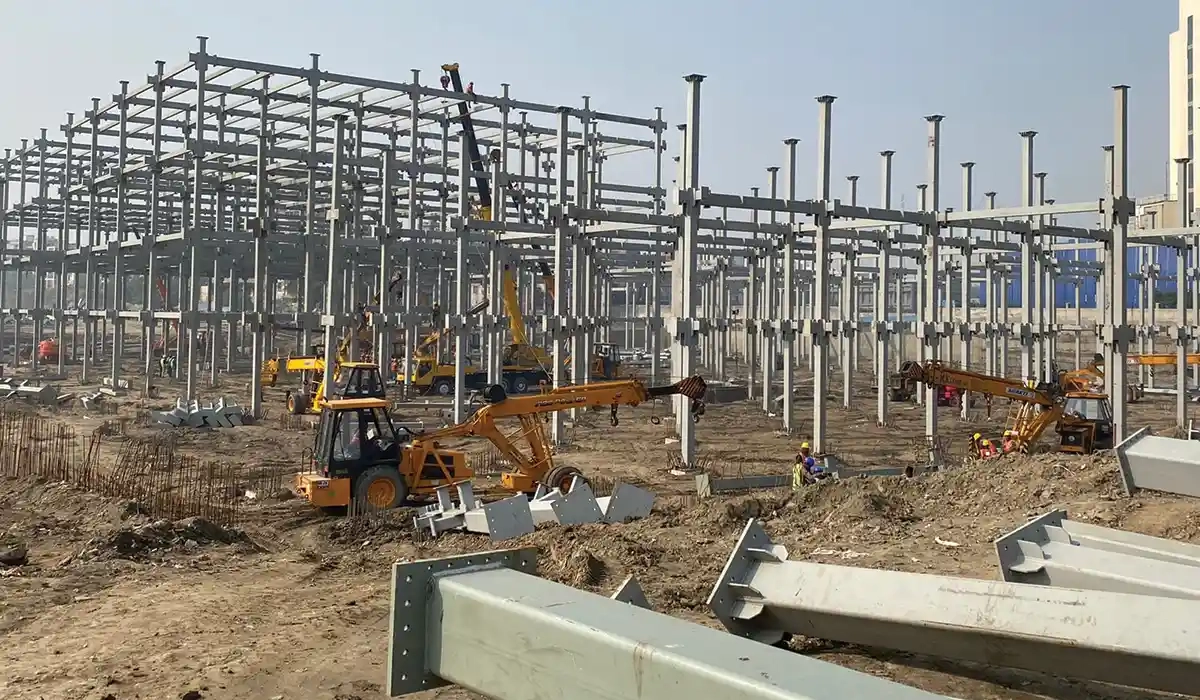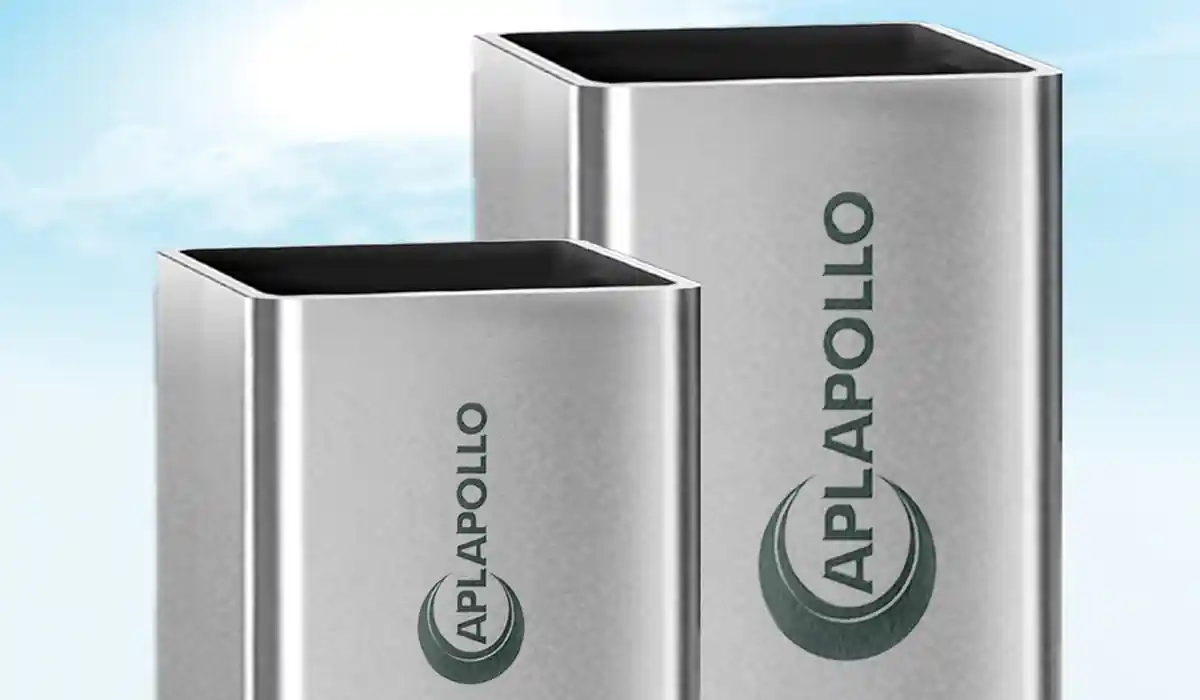Tubular Construction Revolutionizing Construction Industry

Anubhav Gupta, Chief Strategy Officer, APL Apollo
Tubular building technology uses steel tubes to produce a building’s super structure. The tubes are joined together using a nut and bolt system to make a solid and robust structure capable of supporting the weight of the building. It is an efficient method of constructing long-lasting and environmentally friendly structures.
The Process of Tubular Construction
The tubular construction process begins with the design and engineering of the building. It includes creating detailed plans and specifications for each section of the building. These sections are then manufactured in a factory set-up, where complete quality control ensures superior quality.Once the sections are complete, they are transported to the construction site and assembled using cranes and other equipment. This process is faster and more efficient than traditional construction methods, which require a lot of work on-site and can be delayed by weather, labor shortage, and other factors.

Benefits of Tubular Construction
Quick Speed: Tubular construction is faster as tube fabrication can be done easily. The fabrication and welding processes are done at the fabrication workshop, and parts are later assembled at the construction site. This saves a lot of time and workers can engage in multiple construction processes simultaneously. Compared to conventional construction techniques, which take approximately 24 days per slab, modern tubular construction takes only eight days to complete. This process is the industry’s future, given the tight completion deadlines of projects these days.Cost Effective: Another benefit of tubular construction is its cost-effectiveness. Considering tubular structures are lighter, and the total steel consumption per kg is 7-10% less than the conventional construction practices, the cost is reduced significantly, which ultimately helps in reducing the overall project cost and in increasing the IRR. As part of the process, the structural tubes are supplied in cut-to-length sizes, leading to faster fabrication at a lower cost. In addition, there is an extra carpet area with tubes as the principal material for construction; the column size of tubes is around 500x500 mm, compared to RCC and built up sections, where the column sizes are 800x800 mm and 650x650 mm, respectively. Using tubes, one can have an additional carpet area of 1-2% which could be converted into a usable area.
Conventionally, in steel buildings, the steel columns are covered in concrete boards involving more carpet area. However, in the case of structure tubes, such encasing is not needed, leading to a smothering area around the column corners with a higher carpet area and reduced finishing cost.
Environment-Friendly: Tubular cons- truction is also more environmentally-friendly. Because the modules are manufactured off-site, there is less disturbance and fewer emissions from on-site machinery. Also, tubular structures can be recycled and reused with maximum monetary returns (as per industry standards) even after years of use. There is 30% less CO2 emission as there is no on ground fabrication or welding. Plus, there is lesser ground water consumption compared to conventional processes.

High Tensile Strength: Uneven construction design, faulty alignment, an inadequate cover, or repeated temperature highs and lows cause stress. However, a tubular structure has a high tensile strength and does not readily break. In other words, it can withstand both external and internal stress. Plus, tubular structures are aesthetically more pleasing in appearance due to their smoother surface, and they are easier to paint and need no shuttering because of their perfect square shape.
Applications of Tubular Construction
- Tubular construction is well-suited for structures like PEB sheds, hospital buildings, schools, railway stations, data centers etc. Using prefabricated tubes makes the construction process faster and more efficient while ensuring the strength and stability of the structure.
- Prefabricated tubes can be used to create the structural supports and foundations of bridges and tunnels, making the construction process faster and more cost-effective.
- Tubular construction can also be used to construct residential buildings like apartments and condominiums. Using prefabricated tubes allows for greater customization of building design, making it possible to create unique and innovatively designed structures.
- Steel tubular construction projects are completed faster. Tubular steel also makes structural manufacture and assembly easier. The high carpet area and lower steel consumption reduce project costs.
- Tubular building projects can provide a more modern and visually appealing look while allowing for larger structures with clearer heights.
- A tubular structure is constructed with essential accessories and fasteners, allowing the construction industry to build any shape of pipe connections while combining the structure with a standard profile building system.
- Faster construction
- Lower project costs
- Faster and better IRR
- Better quality and aesthetically pleasing structures
- An environment-friendly approach
International Concrete Construction Technology, May - June 2023



















